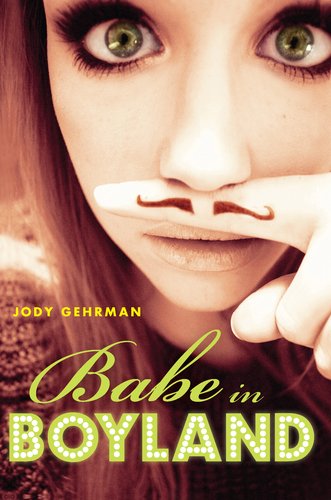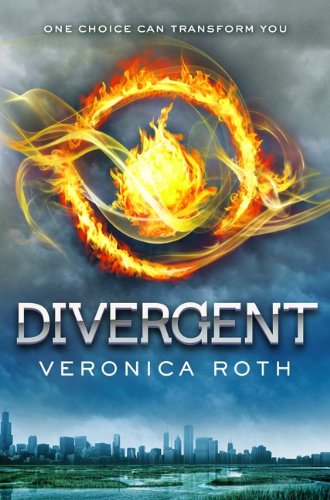Today I would like to welcome Glenda Millard, author of "A Small Free Kiss In The Dark" which deal with war, homelessness, loneliness and finding a place to belong. Glenda has kindly written a guest post about her inspiration.
-----
Inspiration, Meditation and Flying
Whenever I'm asked where I get inspiration from, I'm reminded of the lyrics of the song, 'Love is in the air'. In my experience so too, is inspiration. For every second of our lives we absorb experiences, details, sights and smells and sounds, soak them up like a sponge without even realising it. But still, sometimes I find the need to get some extra stimulus, to stretch myself.
Ralph Waldo Emerson once said,
'What lies behind us and what lies before us are tiny matters compared to what lies within us.'
I like that idea and from time to time I decide to do something about finding out what's within me, hopefully something inspirational. I usually try to schedule these finding-out-about-me sessions around the summer holidays. I've tried milking goats so I could make cheese but gave that up fairly quickly. I liked the goats, but not their owner. I resented being told what was wrong with my books while I milked. I turned my hand to making mosaics for a while but couldn't stand the sound the tiles made when I cut them. Making cheese and mosaics gave me some satisfaction but weren't high on the scale of inspiration.
For years I'd been keen to try creating visual art. I wasn't sure why. Maybe I thought it would help me find those hidden things Ralph talked about . This desire manifested itself in all kinds of ways. I assembled lemons in tall, clear, vases and gathered glass marbles in crystal goblets by the window. I arranged polished green apples in individual white china bowls, filled fallen bird's nests with baby blue sugared almonds and embroidered baling-twine hearts on the wire of the hen house. Summers where I live are always hot and dry, but each year of a six year drought I sewed white muslin sails, threaded them onto bamboo masts and raised them on my crisp brown lawn. But this wasn't real art, I told myself.
So a couple of summers ago I enrolled in a short art course called 'Intuitive Drawing' at the University of Melbourne. I'd left school when I was 15, so my kids joked that I only enrolled so I could say I'd been to university.
The philosophy of the course was that, in surrendering control, intuitive acts of creativity would emerge. I couldn't have guessed just how hard surrendering was going to be. The facilitator explained that the first part of the lesson each week would be devoted to meditation. For the first five weeks, it was the best part of the course apart from the four hours I spent in the train getting there and going home again. I often get inspiration when I travel by train. The thought came to me that maybe I should have bought a six week rail pass with my art class money.
The problem was that I had to draw things in full view of everyone else. It wasn't like writing where I could retain my privacy until I was good and ready to expose my work. My hand wouldn't do what my mind thought it could. What appeared in front of me was not what I had imagined. Everyone else seemed to do much better and I hated that.
I never took my pictures home. For the first three weeks I pretended to forget them or made lame excuses about not being able to carry them on the train. After that I was persuaded to take them with me - but they only got as far as the rubbish bin in the cafeteria.
I kept wondering when someone was going to show us how to make art properly. When would they talk about what sort of paper and paint we should use and discuss technique and all those other practicalities? It became increasingly clear to me that my expectations of the course were not the reality and that it was never going to be any different.
Then we had a two week break. Enough time to decide if I should hoist the white flag of surrender or bail out. I reminded myself that my primary motive for enrolling was to find out more about myself. That affirmation seemed to set me free. Two weeks later I was back on the train. From then on the things I created began to please me.
I made a Chinese fishing boat from a large black seed pod and woven reeds.
It had an orange and gold sail made from joss house paper. I named it JUNK. The lecturer didn't get it. And I didn't care.
Then I painted with a cockatoo feather that I found in the bush. I dipped it in the scarlet ink and in the violet and made a sky like the one I saw at my place. And the sea I imagined when I lay on my back watching my white muslin sails fluttering. I painted sails on my seascape and felt a welling up of pure delight. Finally, I was painting with my heart and not my head. I named everything, I signed everything, I took everything home - like a little girl from kindergarten.
And when it was all over and I asked myself what I had discovered, I realised that I use control to protect myself when I'm scared of the unknown. That I worry too much about not being good enough, and about what other people might think of me or my work. But the best thing I leant was that to surrender control, is the antidote for fear, the catalyst for creativity.
In his book, 'Unless It Moves the Human Heart’, Roger Rosenblatt says,
'You go along, telling your story, and it's moving very well and very fast, and then like a glider pilot, you come to a cliff and you have no choice but to soar.'
When I was a little girl I dreamed of flying. I used to stand on the roof of my nana's shed with my arms stretched wide, hoping to catch an updraft. Now I write. It's frightening to put down those first few words of a new novel not knowing where they'll take me. The feeling's not that much different to that instant when I jumped off Nana's shed. But when I come to a cliff and soar, it's amazing.





